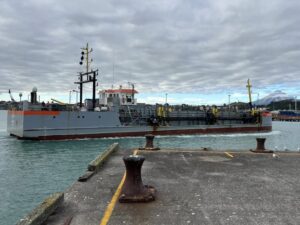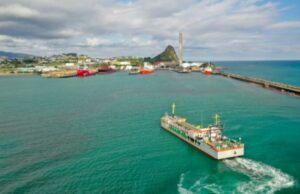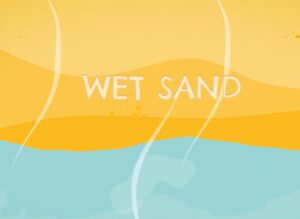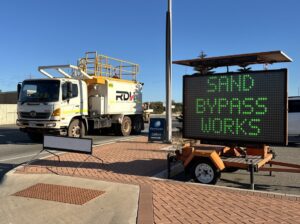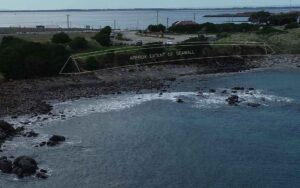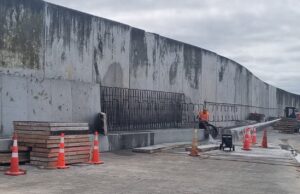Port Taranaki begins process to renew dredging consents
Port Taranaki, New Zealand, has started the process to renew its harbour maintenance dredging resource consents.
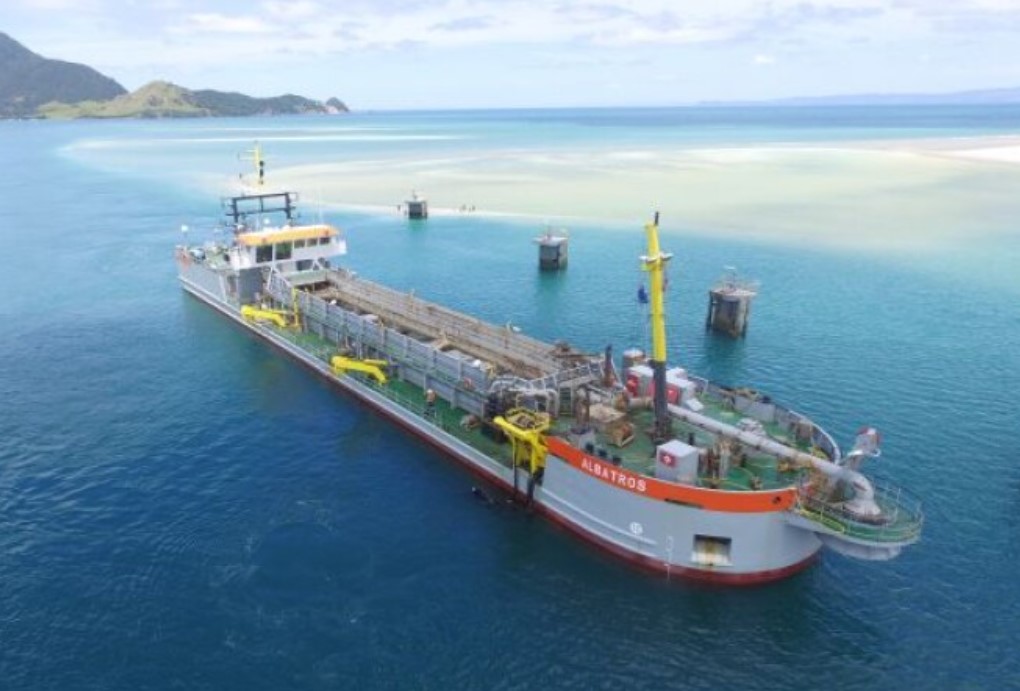
Maintenance dredging is crucial to Port Taranaki’s ability to trade as a deep-water port. The periodic dredging campaigns remove sediment and sand buildup from the harbour – keeping shipping channels clear and safe for trade, and maintaining the port’s status as a lifeline utility should a natural disaster or emergency occur.
The port is aiming to renew its dredging consents by the end of 2026, and is working towards lodging its consents application with the Taranaki Regional Council, the issuer of the consents, in late 2024.
Port Taranaki chief executive Simon Craddock said: “We’re engaging with key stakeholders, including iwi and hapū, the Taranaki Regional Council, New Plymouth District Council, conservation groups, fishing, diving and surfing groups, and other groups and individuals to hear their thoughts, and for us to explain the consents application process.”
Much of the focus of the preparatory work will be the two disposal grounds – inshore and offshore – where the sediment and sand removed during the maintenance dredging campaigns is deposited.
The inshore area, where only clean coarse sand is deposited, was established in 2001 to help replenish New Plymouth beaches because the port’s breakwaters prevent some sand and sediment from naturally drifting north, up the west coast. Fine sand, which includes more silt and mud, is deposited further offshore.
More info about the process and how to get involved can be found on the Port Taranaki website.

